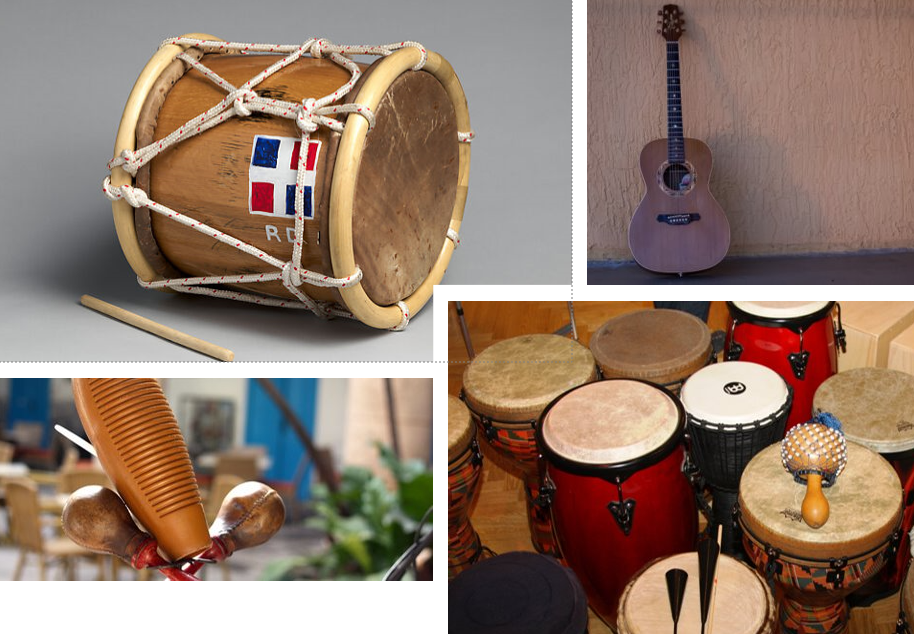Discover Catalog
Discover the music, instruments and relationships that are the BEAT.



Andean Chajchas are musical instruments made from dried goat or sheep hooves tied together in a circular bundle. They are traditionally used in the Andean mountain regions of Peru, particularly in music and dance rituals like the huayno and sikuri. When shaken or struck against the hand, Chajchas produce a distinctive rhythmic sound characterized by their sharp, percussive clicks and rattles. These rhythms often mimic the natural sounds of the Andean environment, such as the patter of rain or the rustling of leaves, adding a unique texture to traditional Andean music. Chajchas not only serve as musical instruments but also hold cultural significance, symbolizing the connection between music, nature, and ancestral traditions in the Andean communities of Peru.


Andean Chajchas are musical instruments made from dried goat or sheep hooves tied together in a circular bundle. They are traditionally used in the Andean mountain regions of Peru, particularly in music and dance rituals like the huayno and sikuri. When shaken or struck against the hand, Chajchas produce a distinctive rhythmic sound characterized by their sharp, percussive clicks and rattles. These rhythms often mimic the natural sounds of the Andean environment, such as the patter of rain or the rustling of leaves, adding a unique texture to traditional Andean music. Chajchas not only serve as musical instruments but also hold cultural significance, symbolizing the connection between music, nature, and ancestral traditions in the Andean communities of Peru.







